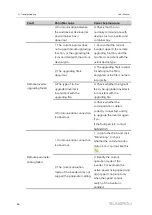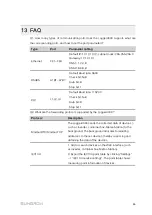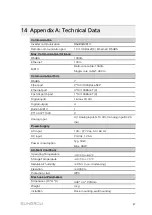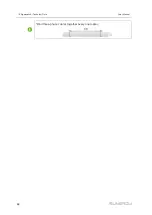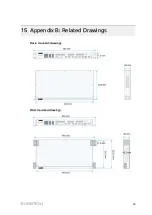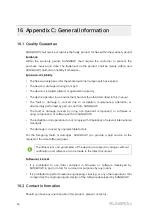
75
10.2.2.4 AI Control
When using the analog signal at the AI port of the Logger4000 as the dispatching input,
set the reactive control mode to "Analog input".
step 1
Click "Power control" -> "Reactive power" to enter the reactive power interface.
step 2
Set the reactive control mode to "Analog input".
step 3
Set AI control parameters. For specific parameter description, refer to the following
table.
P
Pa
arra
am
me
ette
err
D
De
essc
crriip
pttiio
on
n
Control method
Open loop control: Reactive instruction controlled by AI is sent
to power output port of the inverter, thereby achieving active
power control.
Closed-loop control: Reactive instruction controlled by AI is
used as target value and reactive power and power factor of
the meter need to be collected and used as input parameters,
and reactive power compensation ratio is calculated and sent
to power output port of the inverter. Generally, this strategy is
used for improving the power factor of the property boundary
point.
Select energy
meter*
Select Smart Energy Meter involved in power regulation.
Communication
abnormality output
(%)*
Communication is abnormal, and specified dispatch output
value is delivered.
Control cycle
Time interval of delivering dispatching instructions
Parameter range: 5~60s
AI port
AI1~AI4 available
Q-Method
PF: set the power factor as the target value
%: set reactive power percentage
Min. / Max.
When "Q-Method" is set to "%", the parameter ranges from
-100.0% to 100.0%.
When "Q-Method" is set to "PF", the parameter ranges from
-1 to -0.8 or 0.8 to 1.
Step
The minimum difference value between two consecutive
power dispatching instructions
Hysteresis range**
When the parameter "Q-Method" is set to PF, dispatching
output maintains to be PF±1
Note: The parameters noted with * refer to the parameters that need to be set only when
the Control Method is set to “Closed-loop Control” .
User Manual
























